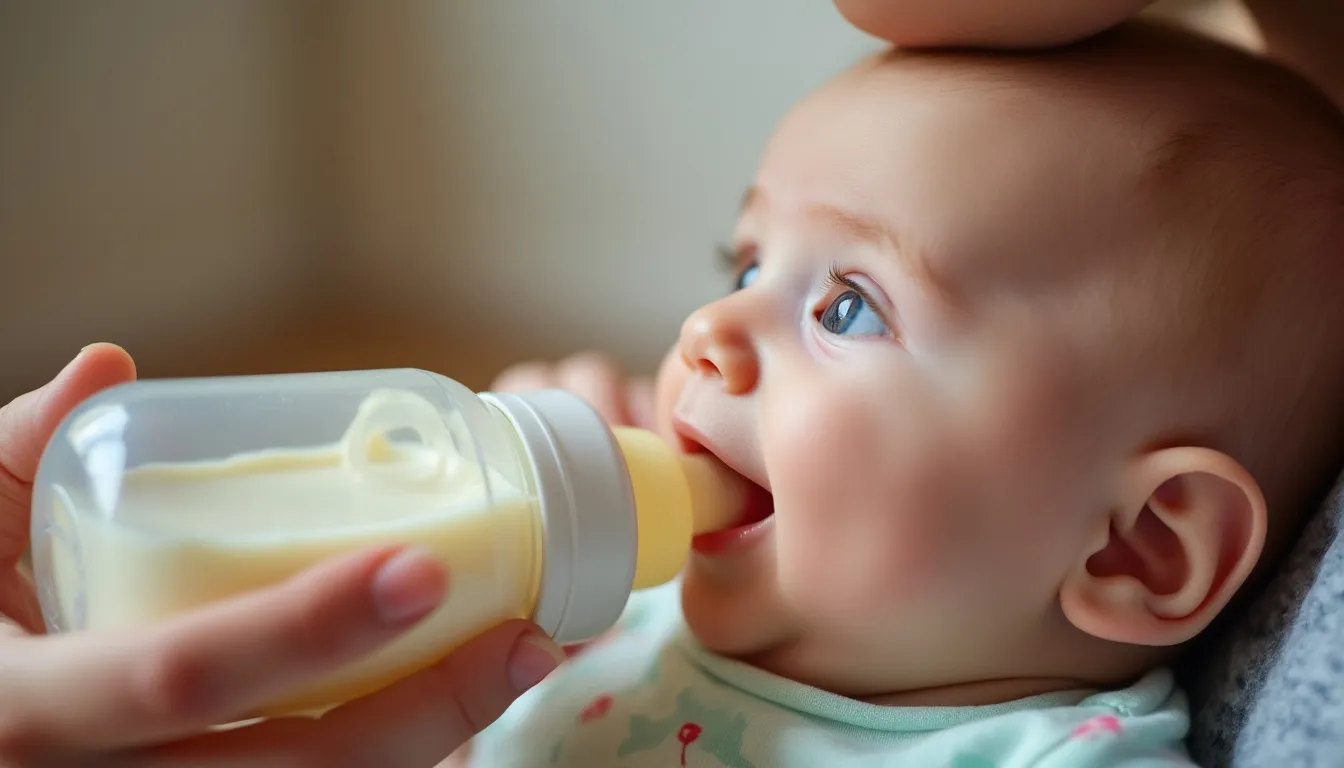The Transition From Breast Milk to Formula
Transitioning from breast milk to formula can be a daunting task for many mothers. As a mom who recently went through this journey, I understand the myriad of emotions and questions that come with it. In this blog, I'll share my personal experiences and insights to help you make informed decisions about baby products during this transition.

Understanding Your Baby's Needs
Every baby is unique, and what works for one might not work for another. When I first considered transitioning to formula, I spent countless hours researching and consulting with my pediatrician to ensure I was meeting my baby's nutritional needs. It's crucial to choose a formula that closely mimics the nutritional profile of breast milk, providing essential vitamins and minerals.
Choosing the Right Formula
There are various types of formula available, including cow's milk-based, soy-based, and hypoallergenic options. I initially tried a cow's milk-based formula, but my baby showed signs of discomfort, so I switched to a hypoallergenic option, which worked wonders. It's important to observe your baby's reactions and consult with healthcare professionals if you notice any adverse effects.
Introducing Formula Gradually
Introducing formula gradually was key in my experience. I started by replacing one breastfeeding session with a bottle of formula, allowing my baby to adjust slowly. This gradual approach helped minimize any digestive issues and made the transition smoother for both of us. Remember, patience is essential during this phase.
Tools and Accessories
Investing in the right tools can make the transition easier. A good-quality bottle warmer and sterilizer were lifesavers for me, ensuring that each feed was at the perfect temperature and hygienically safe. Additionally, choosing the right bottle nipple that mimics the breast can help your baby adapt more easily to bottle feeding.
Emotional Considerations
The emotional aspect of transitioning from breast milk to formula is often overlooked. I experienced feelings of guilt and worry, questioning if I was making the right decision. It's important to remember that every mother's journey is different, and choosing formula doesn't diminish the love and care you provide. Surround yourself with supportive friends and family, and don't hesitate to reach out to other moms who have gone through similar experiences.
In conclusion, transitioning from breast milk to formula is a personal journey that requires careful consideration and patience. By understanding your baby's needs, choosing the right formula, and having the right tools, you can make this transition as smooth as possible. Remember, you're not alone in this journey, and there are plenty of resources and communities to support you along the way.
Car Seats
How to Clean and Maintain Your Baby’s Car Seat
Understanding LATCH Systems for Car Seats
How to Choose the Right Car Seat for Your Baby’s Age and Weight
Car Seat Installation Tips for New Parents
Car Seats and Climate: Keeping Your Baby Comfortable Year-Round
How to Fit Three Car Seats in the Back Seat of Your Car